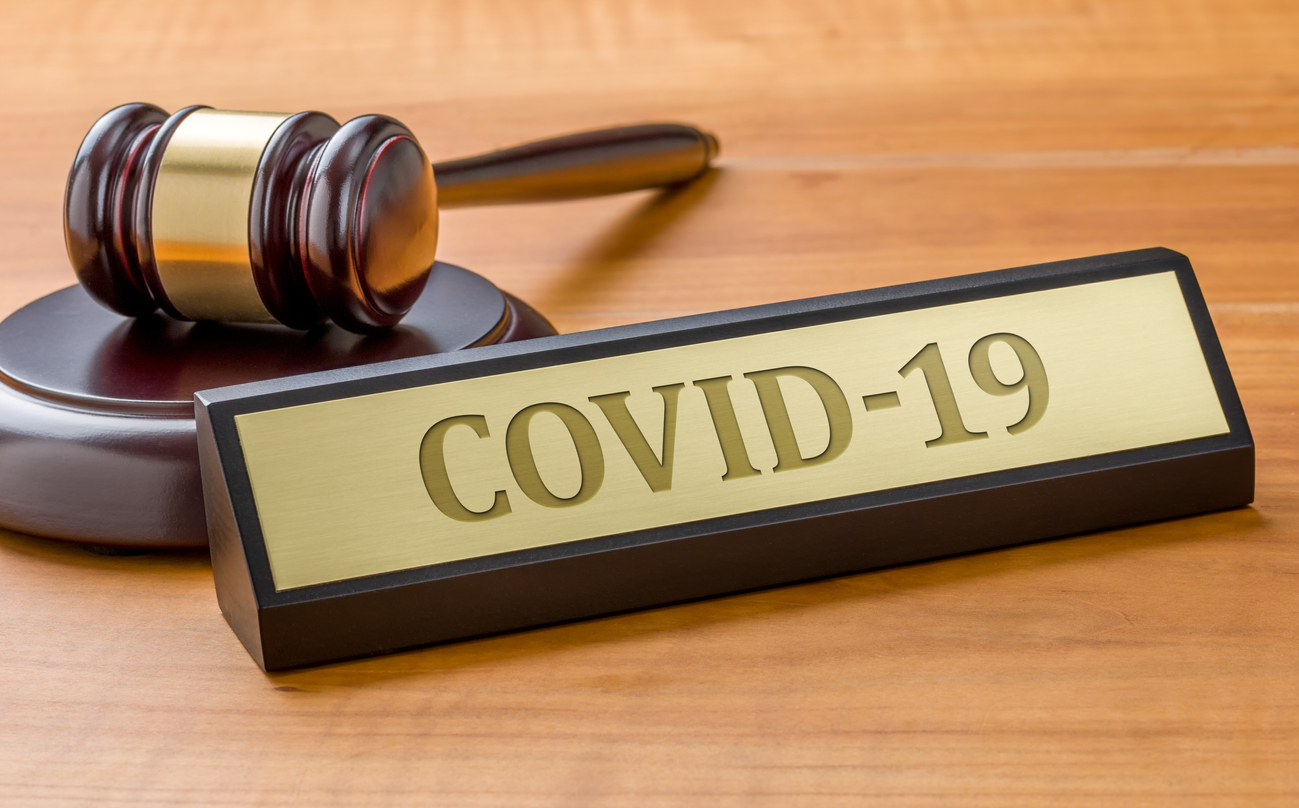In Plaintiffs are Entitled to the Claims File in a Bad Faith Lawsuit, The Big Picture in Discovery of Insurer Claims Practices, Overcoming Work Product Objections that Relate to an Insurer’s Claims Investigation, and Reserves Are Important in Insurance Coverage and Bad Faith Claim Disputes, I addressed different kinds of documents that policyholders’ attorneys should seek from an insurance company in a bad faith action. Documents that are frequently the subject of heated discovery battles in bad faith actions include, among other things, an insurance company’s claims file and training manuals and documents regarding employee performance evaluations and incentives. Insurance companies typically prepare these manuals to train their employees to make certain that they are complying with the carrier’s business goals, as well as with applicable statutes and regulations. Similarly, some insurers also prepare manuals to assist their agents and provide guidance as to how the insurer wants things done.
Like claims adjusters, supervisors and other personnel employed by an insurance company, agents also need instruction from the carrier. Agents sometimes sell different types of policies for a single insurance company. Other times, agents sell various policies for a number of different and unrelated insurers. As a result, it would make sense that a carrier would want to ensure its agents understand the company’s policies and standards and the “ins and outs” of the policies the agents are selling to the public.
Agency manuals can be useful in cases involving interpretation of insurance policy provisions, requirements for underwriting new risks, or an agent’s responsibilities in the underwriting process. For example, an agency manual may specify when an agent is to personally inspect a new home for homeowner’s insurance, what that inspection is to consist of, and how the agent should determine the amount of insurance on the home.
Discovery in Insurance Bad Faith Cases, Part I, Charles Miller, Esq., Insurance Law Center.
An insurer, presumably, also wants to make sure that its agents are following its protocols for marketing the company and meeting business goals. Many agents are responsible for reaching out to existing customers to renew existing polices, increasing coverage on existing polices, and applying for other types of coverage offered by the carrier. Although these responsibilities are quite different from those of a claims adjuster, an insurer would likely be just as interested in providing proper training to its agents. For this reason, many insurance companies publish manuals, guidelines and other materials to assist their insurance agents in handling the carrier’s clients and policies.
These manuals, which are provided to agents, provide guidance on the criteria for obtaining new business, renewing old business and a number of other matters.
Discovery in Insurance Bad Faith Cases, Part I, Charles Miller, Esq., Insurance Law Center.
A claims handling expert in the insurance industry also explains the following:
The insurer may also have its own exposure for failure to provide sufficient insurance. In some homeowner’s policies, the insurer may assume a responsibility to inspect the home and/or to determine the amount of the policy limits. In such cases, the insurer’s liability for an alleged failure to provide sufficient policy limits should not be overlooked.
Discovery in Insurance Bad Faith Cases, Part I, Charles Miller, Esq., Insurance Law Center.
Policyholders’ attorneys should carefully evaluate all aspects of a bad faith case. An investigation of whether an insured’s claim was properly handled should not be limited to the date of loss and after. Just like insurance companies are frequently trying to void policies in their entirety due to a “material misrepresentation” on the insurance application, policyholders’ attorneys should investigate whether the insurer’s actions were proper from the very beginning. Taking that into consideration, discovery requests should be carefully tailored to seek information which could be relevant to the claim and affect the insurer’s liability.


